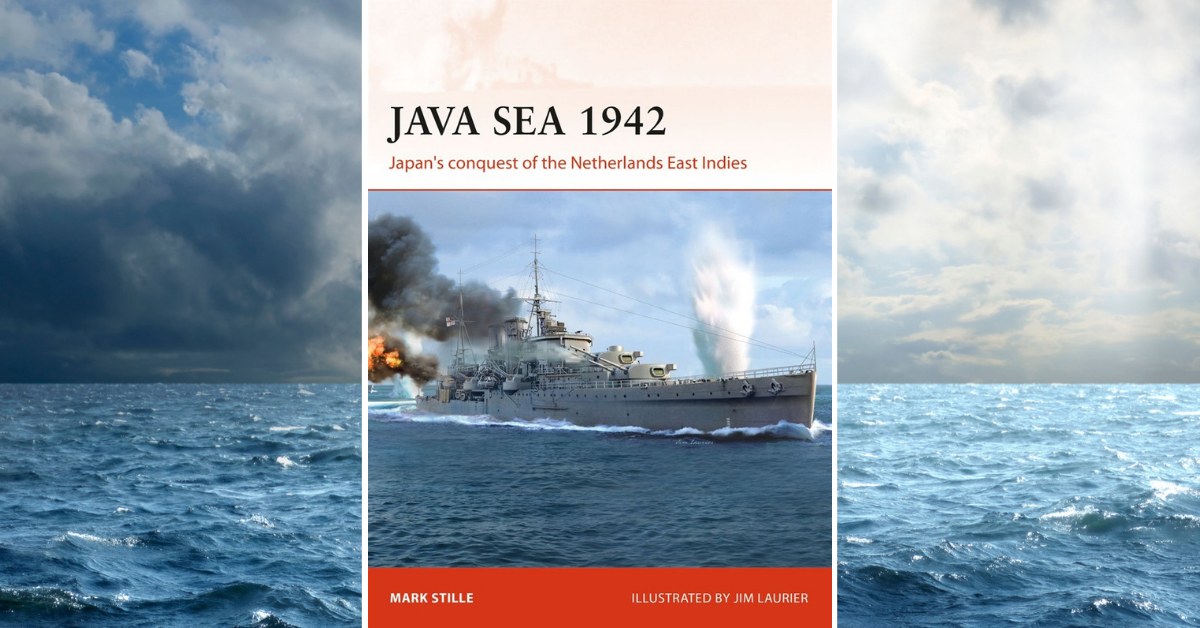I haven’t seen a great many of the books in the Campaign series from Osprey, but this one from Mark Stille is easy to recommend.
In it he looks at the disaster that befell the Allies attempting to stop the Japanese advance into modern day Indonesia at the beginning of 1942, which was then called the Netherlands East Indies.
The author is a retired US Navy officer with over forty books under his belt, so we can expect his work to be reliable to say the least.
The sequence of naval battles in the Java Sea were a total triumph for the Japanese with practically all the ships opposing them going to the bottom.
For the Allies it was a grim lesson in coalition naval warfare with ships from the US, Britain, the Netherlands and Australia utterly overwhelmed by superior Japanese forces.
Victory secured the Indonesian oil fields for Japan along with access to other essential resources.
The author takes us through the preliminaries of how conflict broke out in South-east Asia following years of growing resentment on the part of the Japanese who bridled at what Tokyo saw as the iniquities of the Washington and London naval treaties which they believed favoured Britain and the United States, hand in hand with Japanese envy of the resources and wealth generated by European colonies and American possessions.
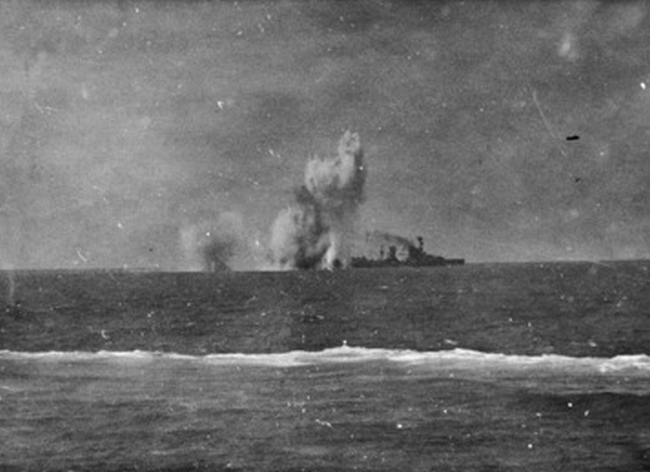
The weakness of the European powers soundly defeated on land by Nazi Germany encouraged Tokyo to wage war on their Asian empires, aided by Japan coercing Vichy France to allow Japanese forces to be based in French Indochina.
This placed American, British and Dutch possessions well in reach of Japanese aircraft. The die was cast.
We learn about the Japanese assault on Malaya, Thailand, the Philippines and other territories, including the shock of Pearl Harbor and the destruction of Force ‘Z’; the tragic waste of Prince of Wales and Repulse.
The nightmare soon spread to the Netherlands East Indies where Japan targeted vital oil resources.
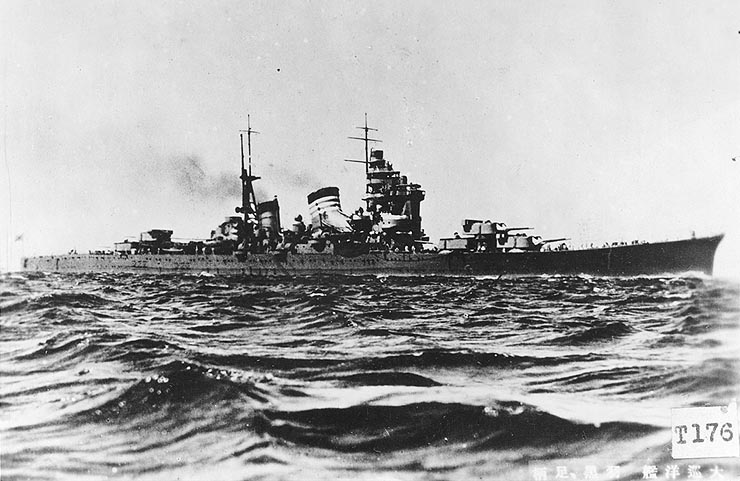
Mr Stille rattles through the order of battle and pen portraits of the leading actors in the drama before getting down to business.
The Japanese enjoyed qualitative and numerical superiority over their enemies on the sea and, crucially, in the air.
They had more powerful ships in greater numbers and they were better drilled, particularly for fighting at night. But the combined fleet of Allied ships were determined to put up a fight.
The serious stuff begins with the Battle of Balikpapan where a force of American destroyers of the US Asiatic Fleet inflicted losses on the Japanese.
It was to be the only Allied success of the naval campaign. Thereafter the Allies combined their ships to form the ABDA Striking Force, but things went wrong from the start with the loss of the heavy cruiser Boise which was seriously damaged when grounding on an uncharted reef and had to withdraw for repairs.
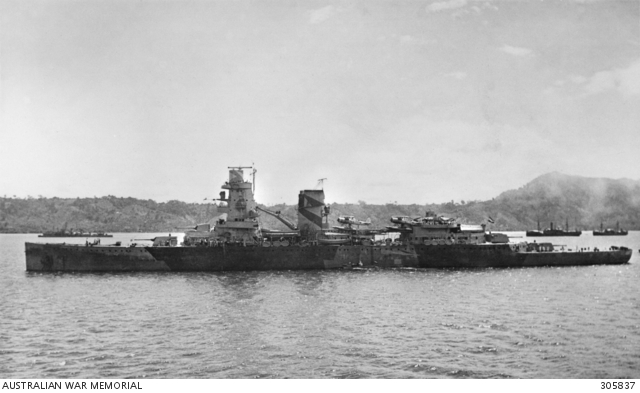
The author takes us through the trials to come where a succession of Allied ships were lost to overwhelming Japanese air and sea power.
We learn that things were not helped by difficult relations between senior American and Dutch officers. But the author is not fishing for scapegoats.
He offers a no-nonsense timetable of the disaster the Japanese inflicted on the Allies, including the loss of De Ruyter, Edsall, Electra, Exeter, Houston, Kortenaer, Langley, Perth, Stewart and Witt de With. Many of the survivors could count themselves fortunate to survive years of captivity.
The author makes the brief point of reminding us that the wrecks of many of these ships have been thoroughly plundered by scrap metal thieves in recent years.
I really liked this book. Osprey tend to do naval history with style and the format of these books fits these succinct histories of sea battles and campaigns. Archive photography is handled with care and the artwork fits in nicely.
I admit to not being a consistent fan of it, but it really works with naval subjects. All in all, this book is a nice bit of work.
Reviewed by Mark Barnes for War History Online
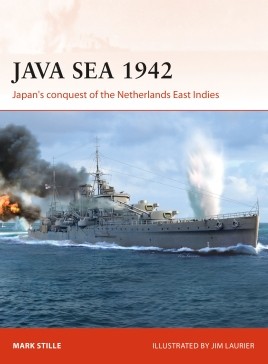
JAVA SEA 1942
Japan’s conquest of the Netherlands East Indies
By Mark Stille
Illustrated by Jim Laurier
Osprey
ISBN: 978 1472831613
